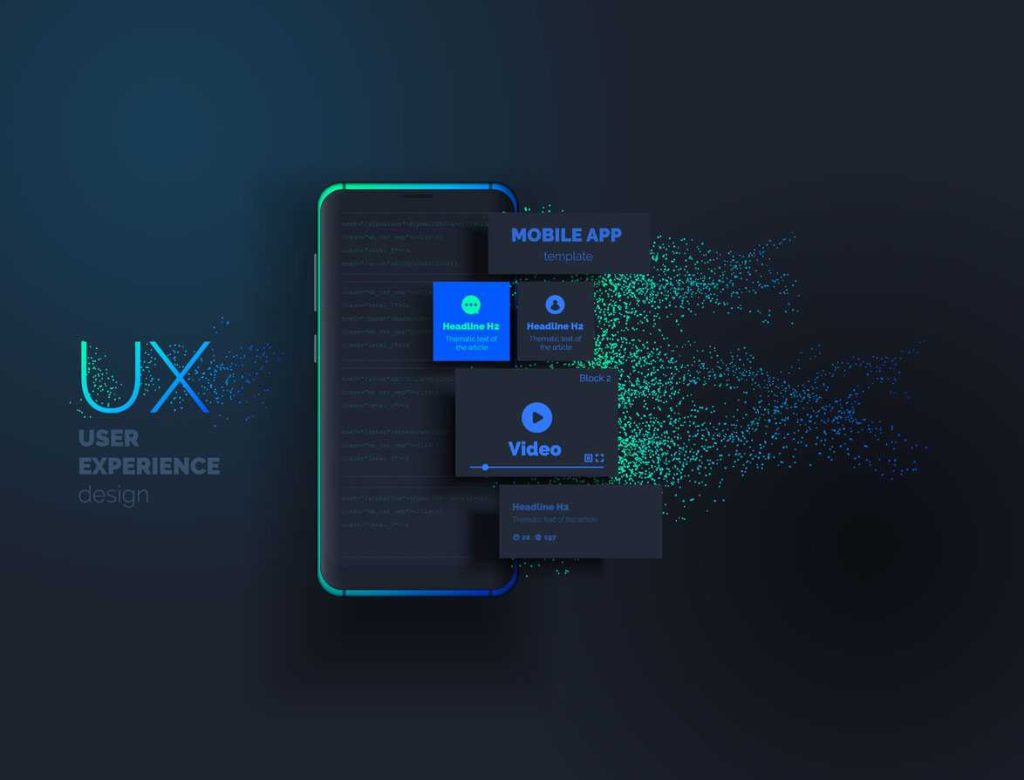
The Role of Prototyping in UI/UX Design: From Concept to User Testing
By Udit Agarwal

In the dynamic and ever-evolving field of UI/UX design, creating seamless and user-friendly digital experiences is paramount. Prototyping is a crucial phase in the design process, bridging the gap between conceptualization and user testing. This deep dive explores the multifaceted role of prototyping, emphasizing its significance in bringing design concepts to life and refining them based on user interactions.
Understanding Prototyping in UI/UX Design:
Prototyping is the iterative process of creating a preliminary version of a digital product to visualize and test its design concepts. It serves as a tangible representation that allows designers, stakeholders, and users to interact with the envisioned outcome before its full development. Prototypes range from low-fidelity sketches to high-fidelity interactive simulations, offering varying levels of detail and functionality at different stages of the design process.
Critical Stages in UI/UX Design Prototyping:
Conceptual Prototyping: At the initial stages of a project, conceptual prototyping involves creating rough sketches or wireframes to visualize layout, structure, and navigation. These low-fidelity prototypes help designers explore and communicate ideas without investing significant time in detailed design.
Wireframing: Wireframes are more refined versions of prototypes, focusing on the product’s skeletal structure and basic functionalities. They provide a more precise representation of the user interface, aiding in the initial evaluation of design concepts and layout.
Interactive Prototypes: As the design progresses, interactive prototypes come into play. These mid to high-fidelity representations simulate the user experience more realistically, allowing for user interactions such as clicking, scrolling, and navigating between screens. Tools like Figma, Adobe XD, and InVision facilitate the creation of interactive prototypes.
User Testing Prototypes: User testing prototypes are refined versions explicitly designed for testing with the target audience. They mimic the final product closely and enable designers to gather valuable feedback on usability, functionality, and overall user experience. User testing at this stage provides insights for further refinement.

Role of Prototyping in the UI/UX Design Process:
Visualization of Concepts: Prototypes bring abstract design concepts to life, providing a tangible representation that facilitates better communication among designers, stakeholders, and clients. Visualization aids in aligning expectations and refining design direction.
User Feedback and Iteration: Through user testing, prototypes serve as a valuable tool for collecting feedback from the target audience. Analyzing user interactions with the prototype allows designers to identify pain points, areas for improvement, and user preferences, leading to iterative refinement.
Risk Mitigation: Prototyping helps identify design flaws and usability issues early in the process, reducing the risk of costly revisions during the development phase. This proactive approach ensures a more efficient and streamlined design and development process.
Collaboration and Communication: Prototypes are a common language that facilitates collaboration between designers, developers, and stakeholders. They provide a tangible reference point for discussions, helping all parties to align their understanding of the final product.
Time and Cost Efficiency: By uncovering and addressing design challenges early on, prototyping contributes to a more efficient design process. It minimizes the need for extensive rework during development, saving time and resources.
Also Read: The Evolution of UI/UX Design: Past, Present, and Future Trends
Conclusion:
In the realm of UI/UX design, prototyping emerges as a linchpin in the success of digital products. From conceptualization to user testing, the role of prototyping is multifaceted and indispensable. It enables designers to visualize ideas, gather user feedback, and refine designs iteratively. Fostering a user-centered approach that results in products tailored to user needs and expectations.
As technology advances and user expectations evolve, the role of prototyping in UI/UX design will only become more pronounced. Embracing prototyping as a fundamental practice empowers designers to navigate the complexities of the design process, ensuring the delivery of digital experiences that not only meet but exceed user expectations. In the ever-changing digital design landscape, prototyping remains a dynamic and transformative force. Thus, driving innovation and excellence in user interface and experience design.